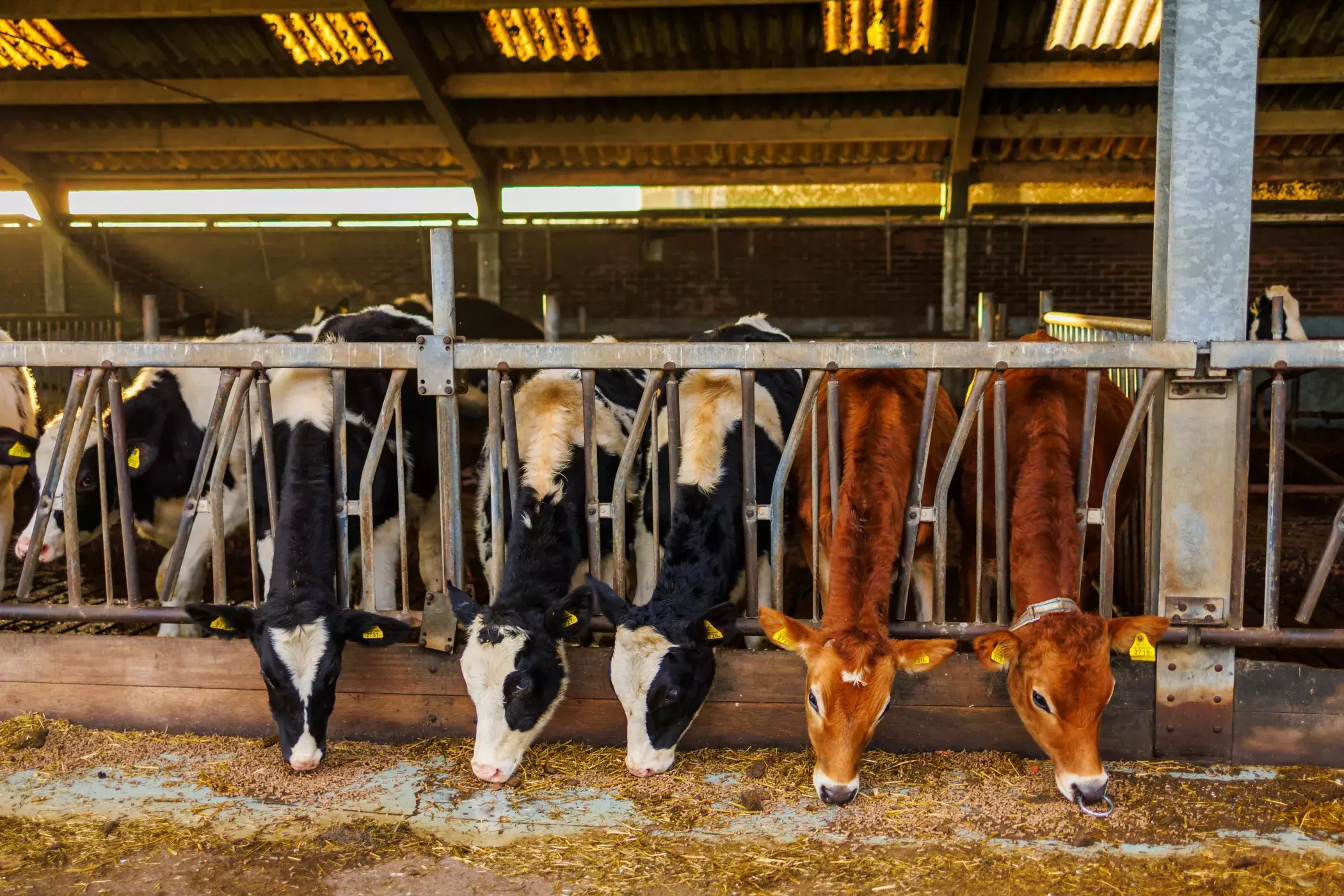Livestock intensification: No panacea for emissions

In a letter published in Science magazine, research associate Dr Divya Narain challenge's the UN Food and Agriculture Organisation's recommendations on livestock intensification as a solution to emissions.
Often dubbed as the ‘new’ fossil fuel, livestock production is a major driver of climate change with a contribution of at least 16.5% to total anthropogenic GHG emissions.
Given its projected growth, the industry is likely, by 2030, to use up 49% of the allowable budget for a relatively safe 1.5 °C temperature rise. In its recent 1.5° C Food Systems roadmap(akin to IEA’s net-zero roadmap for the energy sector) released during COP28, the Food and Agriculture Organization of the United Nations (FAO) called for intensification of livestock production as a means to reduce emissions. In her latest letter to Science titled, ‘Livestock intensification: No panacea for emissions’, Divya Narain challenges FAO’s recommendation.
Divya argues that while productivity gains from intensification indeed reduce ‘emissions intensity’ (emissions per unit of meat/eggs/dairy produced), the cuts are not big enough to offset the increase in ‘absolute’ emissions from livestock production growth, which is pegged at 70% by 2050. Moreover, while some intensification-associated processes such as the use of concentrated feed (soy, corn and grains), reduced movement, faster growth rates, and shortened lifetimes decrease GHG emissions (even as they come at the expense of animal welfare), others like manure management and land-use change for feed production lead to an increase in emissions. The mitigation potential of intensification is therefore often overestimated as corroborated by recent atmospheric measurements (contrary to what conventional LCA measurements have been suggesting).
An estimated 74% of livestock production globally is already intensive, including 99% of livestock production in the United States. Further Intensification of existing extensive systems and of new production capacity will do little to cut emissions. The only way to effectively curtail emissions is to scale back livestock production and consumption, a recommendation that FAO’s roadmap glaringly omits.
